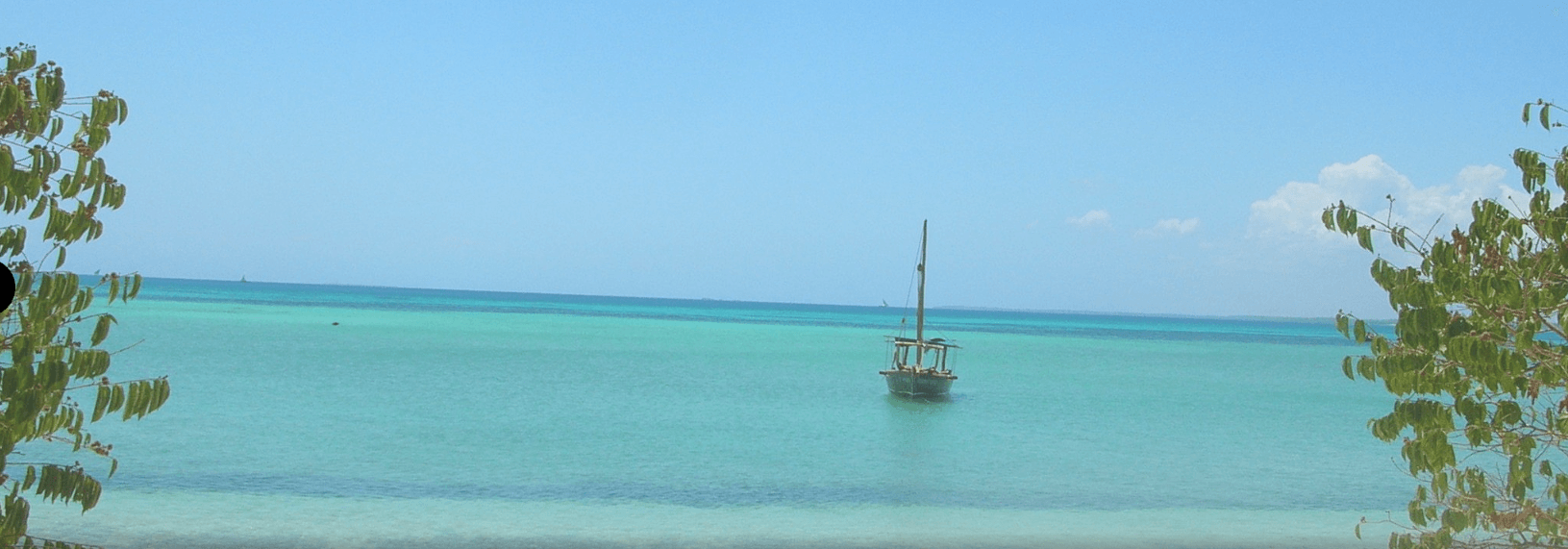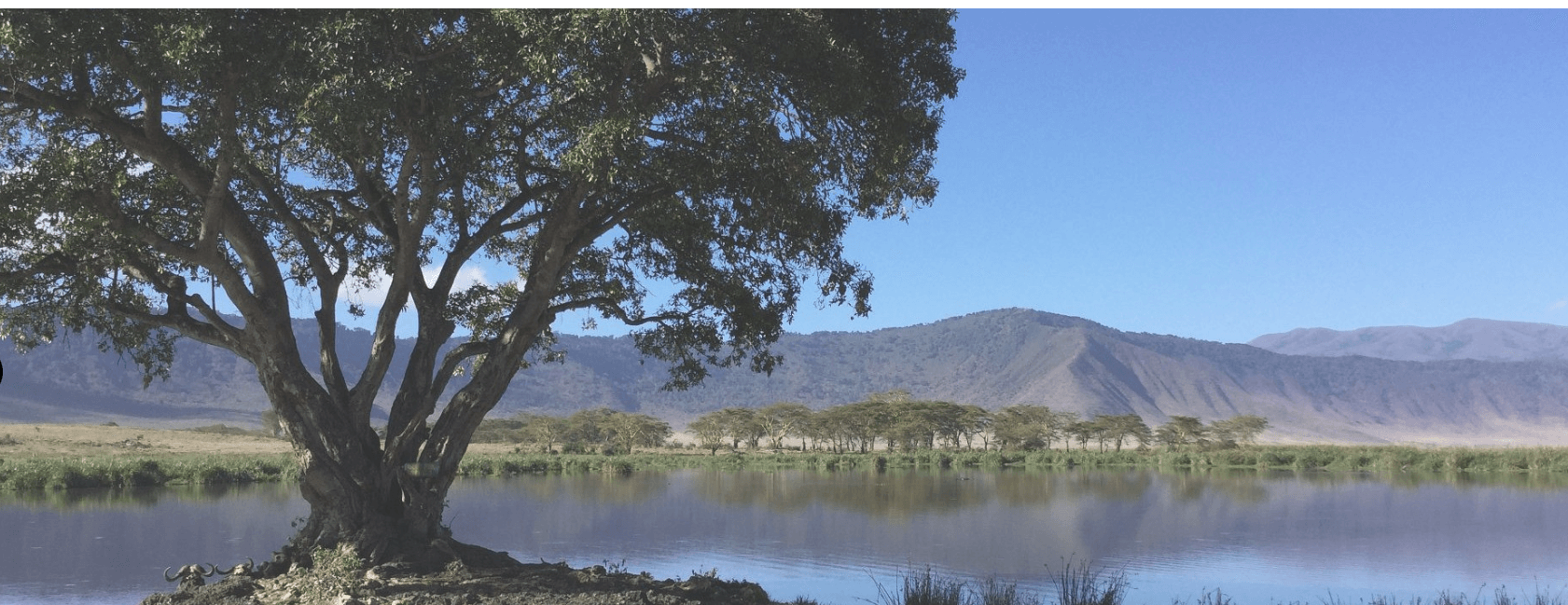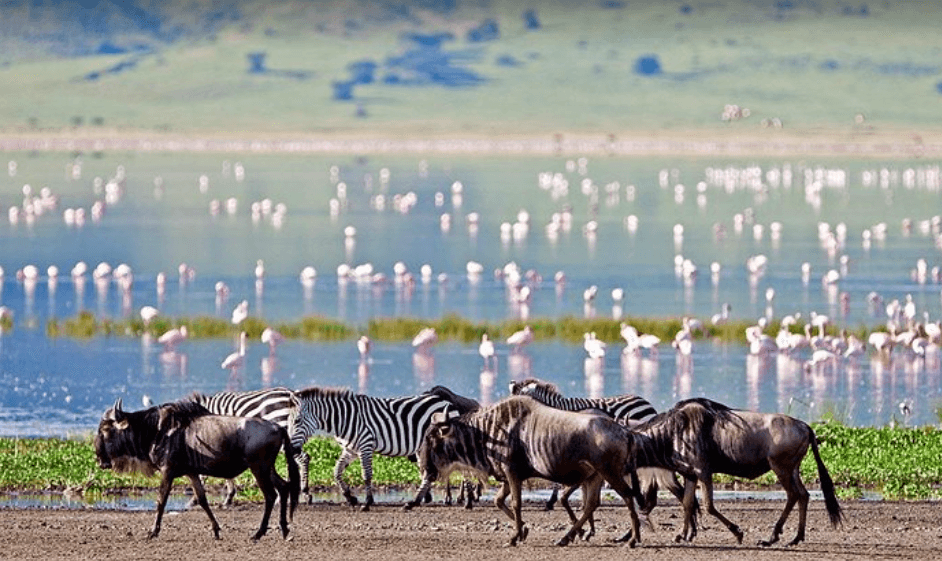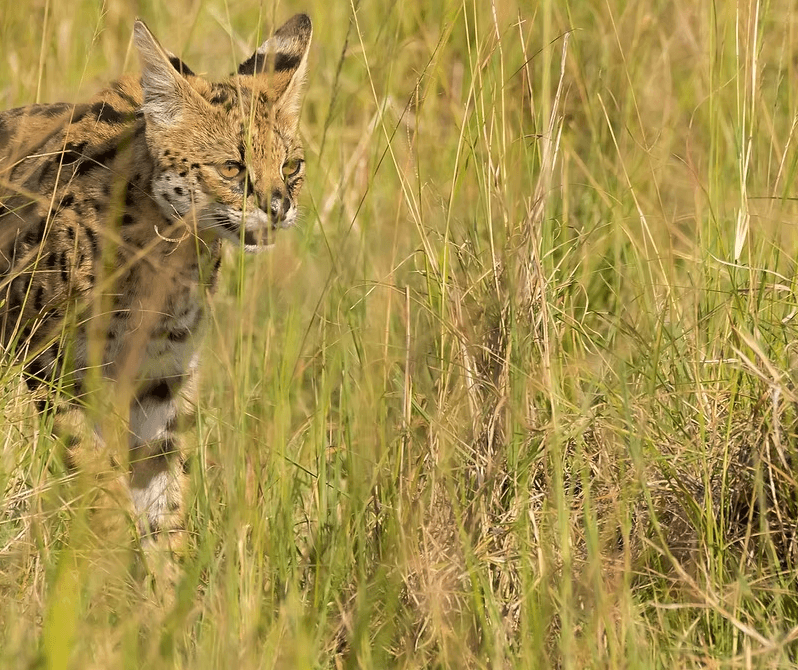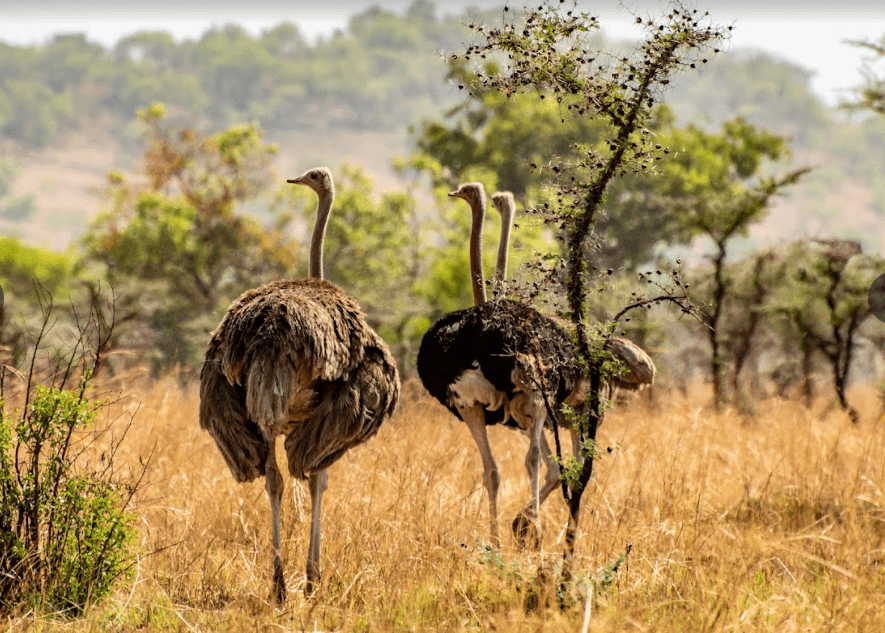Arusha National Park
Arusha National Park: Complete Safari Guide to Tanzania’s Most Scenic Gem
Tucked in northern Tanzania and just a short drive from the bustling safari hub of Arusha town, Arusha National Park is a compact but incredibly diverse protected area. Although smaller and less known than Serengeti or Tarangire, it offers a microcosm of Tanzania’s ecosystems—from volcanic peaks and alkaline lakes to dense forests and savannah.
This stunning park is ideal for day trips, nature walks, canoe safaris, and wildlife viewing without the long journeys required to reach other parks in the country. Whether you’re starting your northern safari circuit or just want a quick nature escape, Arusha National Park is a destination worth exploring.
Location and Size
Arusha National Park lies in northeastern Tanzania, just 25 kilometers from Arusha city, nestled between Mount Meru and Mount Kilimanjaro.
-
Total Area: 552 square kilometers
-
Altitude Range: 1,500 to 4,566 meters above sea level
The park covers three distinct areas:
-
Ngurdoto Crater: a forested, volcanic crater
-
Momela Lakes: shallow alkaline lakes rich in birdlife
-
Mount Meru: Tanzania’s second-highest peak and a premier trekking destination
History and Conservation
Established in 1960, Arusha National Park was originally created to protect the Ngurdoto Crater and Momela Lakes. It was later expanded to include Mount Meru. The park is managed by the Tanzania National Parks Authority (TANAPA), which ensures wildlife conservation, habitat restoration, and community involvement.
Despite its smaller size, Arusha National Park plays an essential role in ecotourism and biodiversity conservation, particularly because of its location near Arusha city, Kilimanjaro International Airport, and the Tanzanian safari circuit.
Ecosystems and Biodiversity
Arusha National Park is rich in habitat diversity, offering a remarkable range of ecosystems, including:
-
Lush rainforests at lower elevations
-
Montane forests on the slopes of Mount Meru
-
Open savannah plains
-
Crater highlands
-
Alkaline lakes with seasonal flamingos
This ecological variety supports an impressive range of wildlife and makes the park one of Tanzania’s best spots for nature photography and soft-adventure safaris.
How to Get to Arusha National Park
Arusha National Park is one of the most accessible parks in Tanzania.
By Air
You can fly into either of the two nearby airports:
-
Kilimanjaro International Airport (JRO) – 60 km away
-
Arusha Airport (ARK) – 30 km away
Both airports receive domestic flights and international connections via Nairobi, Addis Ababa, and Doha.
From either airport, it takes around 45 minutes to 1 hour by road to reach the park.
By Road
Arusha National Park is an easy drive from Arusha town, which is a common starting point for most northern Tanzania safaris.
-
Distance from Arusha: 25 km
-
Travel Time: 30 to 45 minutes
Most tour operators include the park in day trips, especially for travelers short on time or arriving from Kilimanjaro climbs.
Attractions and Activities in Arusha National Park
Though compact, Arusha National Park offers a wide range of activities—some of which are not permitted in other Tanzanian parks.
1. Game Drives
Arusha may not be as densely populated with large mammals as Serengeti, but game viewing here is still diverse and rewarding.
Animals you’re likely to encounter include:
-
Giraffes (often seen in large numbers)
-
Zebras, warthogs, and buffaloes
-
Bushbucks, waterbucks, and dik-diks
-
Black-and-white colobus monkeys (especially in the forest zones)
-
Blue monkeys and vervet monkeys
Although lions and leopards are rare here, the experience is more about scenic variety than big cat sightings.
2. Birdwatching
With over 400 recorded bird species, Arusha is a birdwatcher’s paradise.
Key species include:
-
Greater and lesser flamingos (seen in the Momela Lakes)
-
African fish eagle
-
Augur buzzard
-
Hartlaub’s turaco
-
Crowned hornbill
Both migratory and resident species are found throughout the year, and birding can be enjoyed from vehicles, on foot, or during canoe rides.
3. Mount Meru Climbing
Mount Meru (4,566 m) is a lesser-known yet equally rewarding climb compared to Kilimanjaro.
-
Duration: 3 to 4 days
-
Difficulty: Moderate to challenging
-
Experience: Fewer crowds, rich wildlife, and stunning views of Kilimanjaro
Treks pass through montane forest, moorland, and alpine zones. Climbers often see buffaloes, elephants, and giraffes en route—something rare on Kilimanjaro.
4. Walking Safaris
Unlike most national parks in Tanzania, Arusha allows walking safaris accompanied by armed rangers.
Popular walking zones include:
-
The Ngurdoto Crater Rim, with scenic viewpoints
-
Forest trails with waterfalls and wildlife sightings
-
Savannah walks near Momela Lakes
Walking safaris offer an up-close and personal connection with nature—great for observing plants, insects, and animal behavior.
5. Canoeing on Momela Lakes
One of Arusha’s unique offerings is canoe safaris on the calm waters of the Momela Lakes.
You’ll glide silently past:
-
Hippos
-
Flamingos
-
Wading birds
-
Giraffes and other animals on the lakeshore
This peaceful, low-impact activity is ideal for photographers and those seeking a serene nature experience.
6. Scenic Viewing Points
-
Ngurdoto Crater: Often called “Little Ngorongoro,” this collapsed volcano is rich in forest and wetlands.
-
Mount Meru Viewpoints: Offers clear views of Kilimanjaro on cloudless days.
-
Lake Longil: A seasonal lake ideal for spotting animals and enjoying picnic breaks.
Where to Stay Near Arusha National Park
Although there are no lodges inside the park, the surrounding area offers plenty of accommodation options for all budgets.
Top Lodges and Camps Near Arusha National Park
1. Hatari Lodge
-
Located at the park’s northern edge
-
Offers vintage safari luxury with Mount Meru and Kilimanjaro views
-
Great for access to Momela Lakes and canoeing
2. Ngare Sero Mountain Lodge
-
Just 30 minutes from the park
-
Set in a forested estate with a lake, ideal for relaxation and birding
-
Offers horseback riding and walking tours
3. Arusha Serena Hotel
-
Mid-range, set in a coffee plantation near Lake Duluti
-
Beautiful gardens and day-trip packages to the park
4. River Trees Country Inn
-
Charming countryside lodge between Arusha and Moshi
-
Great for families and couples
-
Close proximity to Kilimanjaro International Airport
5. Budget Options
-
Numerous guesthouses and hostels are available in Arusha town
-
Ideal for backpackers and self-drive travelers
Best Time to Visit Arusha National Park
Arusha National Park is open year-round, but some months are better for specific activities.
Dry Season (Best for Wildlife and Climbing)
-
June to October
-
Best for Mount Meru trekking and wildlife viewing
-
Trails and roads are in good condition
Wet Season (Best for Birding and Scenery)
-
November to May
-
Flamingos are more numerous, and the landscape is lush
-
Afternoon rains are common, especially in March and April
Frequently Asked Questions (FAQs)
Is Arusha National Park worth visiting?
Absolutely! It’s perfect for day trips, trekking, canoeing, and walking safaris—offering a different experience from Tanzania’s large game parks.
What animals can I see in Arusha National Park?
You can spot giraffes, buffaloes, zebras, colobus monkeys, hippos, and various antelope species. Lions and leopards are rare but present.
Can I climb Mount Meru without Kilimanjaro experience?
Yes, Mount Meru is ideal for acclimatization or as a standalone trek. It’s less crowded, more scenic, and a good alternative to Kilimanjaro.
Is the park good for photography?
Definitely! The combination of diverse ecosystems, Mount Meru, wildlife, and birdlife make it a paradise for photographers.
What are the park entrance fees?
-
Foreign non-residents: $59 per adult per day
-
Foreign residents: $30
-
East African citizens: Approx. TZS 10,000
-
Children and students receive discounted rates
Do I need a guide?
While not mandatory for game drives, guides are required for walks and treks. A local guide enhances your experience with wildlife knowledge and cultural insights.
What should I pack?
-
Light, breathable clothing
-
Hiking boots (for trekking or walking safaris)
-
Insect repellent and sunscreen
-
Binoculars and a camera
-
Light raincoat during wet months
-
Reusable water bottle
Why Arusha National Park Deserves a Spot on Your Itinerary
Arusha National Park may not be the biggest or most famous park in Tanzania, but it offers something truly special—variety, accessibility, and tranquility. Whether you’re canoeing across flamingo-filled lakes, hiking through forest trails, or climbing Mount Meru, every moment here feels intimate and wild.
It’s the perfect introduction to Tanzania’s northern circuit, a great post-Kilimanjaro rest spot, or a scenic escape from Arusha town. If you love nature in all its forms—from forest to peak to lake—Arusha National Park is calling your name.

